The habit of drinking tea has existed since ancient times, with a long and profound tea culture and countless varieties of tea. Drinking tea offers many health benefits and can also help cultivate one's temperament to some extent.

While drinking tea is beneficial, few people understand the differences between various types of tea. Geographically, most teas are produced in the south, so southerners tend to drink tea more than northerners. For friends in the north, distinguishing between different teas can be a bit challenging.
Today, let's discuss the differences between white tea and yellow tea.
First, let's introduce yellow tea.
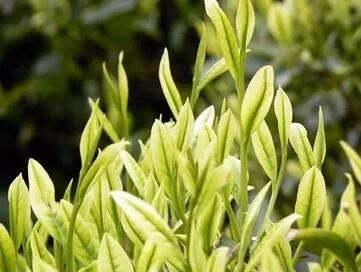
Yellow tea is a lightly fermented tea, with processing techniques similar to green tea. The key difference is the addition of a "yellowing" step before or after the drying process, which promotes partial oxidation of polyphenols and chlorophyll.
The most crucial step in its production is the yellowing process, which is key to forming the characteristics of yellow tea. The main method involves wrapping the tea leaves after killing the green and rolling them in paper or covering them with a damp cloth after piling. The duration varies from tens of minutes to several hours, allowing the tea to undergo non-enzymatic auto-oxidation under hydrothermal conditions, resulting in a yellow color.

Yellow tea is a specialty of China. Based on the tenderness of the fresh leaves and the size of the buds, it is further divided into yellow bud tea, yellow small tea, and yellow large tea.
Yellow bud tea mainly includes Junshan Silver Needle, Mengding Yellow Bud, and Huoshan Yellow Bud; teas like Weishan Maojian, Quancheng Red, Quancheng Green, and Pingyang Yellow Soup belong to yellow small tea; while Anhui Wanxi Jinzhai, Huoshan, Hubei Yingshan, and Guangdong Dayeqing are yellow large teas. The characteristic of yellow tea is "yellow leaves and yellow soup." Yueyang in Hunan is known as the hometown of Chinese yellow tea.
The production process of yellow tea is as follows:
1. Killing the green
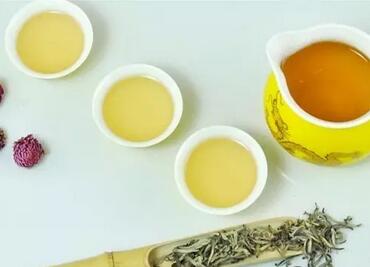
Through killing the green, the enzyme activity is destroyed, part of the moisture is evaporated, and the grassy smell is dissipated, which plays an important role in the formation of the aroma.
2. Yellowing
Yellowing is a characteristic step in the production of yellow tea and is key to forming the yellow leaves and yellow soup. From killing the green to the end of drying, appropriate humid and hot conditions can be created for the yellowing of the tea. However, as a production step, some teas undergo yellowing after killing the green, some after the first drying, and some alternate between yellowing and stir-frying.
The main factors affecting yellowing are the moisture content of the tea leaves and the leaf temperature. The higher the leaf temperature, the faster the yellowing process under humid and hot conditions.
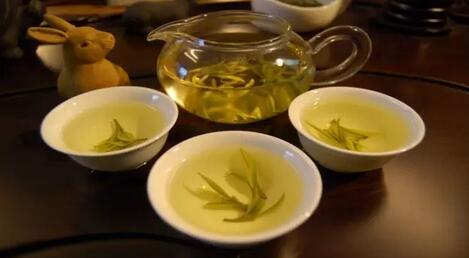
3. Drying
The drying of yellow tea is generally carried out in several stages, and the temperature is lower than that of other tea types.
Yellow bud tea is made from tender raw materials, picking single buds or one bud with one leaf. It mainly includes "Junshan Silver Needle" from Dongting Lake in Yueyang, Hunan, "Mengding Yellow Bud" from Ya'an and Mingshan County in Sichuan, and "Huoshan Yellow Bud" from Anhui.
Famous yellow teas include: Junshan Silver Needle, Mengding Yellow Bud, Beigang Maojian, Luyuan Maojian, Huoshan Yellow Bud, Weijiang White Maojian, Wenzhou Yellow Soup, Wanxi Yellow Large Tea, Guangdong Dayeqing, and Haimagong Tea.
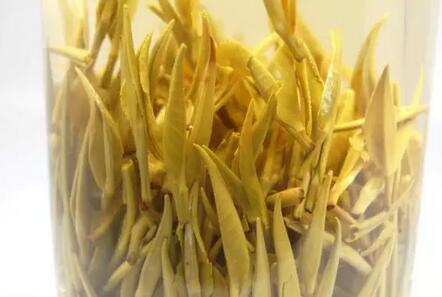
Now let's look at white tea:
White tea is a lightly fermented tea, which refers to a type of tea that is processed only by sun-drying or gentle heat drying after picking, without killing the green or rolling.
White tea is characterized by complete buds covered with pekoe, a fresh pekoe fragrance, clear yellow-green soup, and a light, sweet aftertaste. It is a lightly fermented tea and a special treasure among Chinese tea types. Its finished tea is mostly buds covered with white pekoe, resembling silver or snow, hence the name.
The main production areas are in Fuding, Zhenghe, Songxi, and Jianyang in Fujian. The basic processes include withering, baking (or shade drying), sorting, and re-firing. Yunnan white tea is mainly sun-dried, with the advantage of maintaining the original fresh taste of the tea. Withering is the key process in forming the quality of white tea.
The production process of white tea is as follows:
1. Picking
White tea is picked according to the temperature, selecting jade-white buds with one leaf just unfolding. The picking should be early, tender, frequent, and clean. The buds and leaves should be intact, uniform in size, with short stems. Handle gently and transport in bamboo baskets.

2. Withering
The freshly picked leaves are spread evenly on bamboo trays without turning. After spreading, depending on the climate and the grade of the fresh leaves, indoor natural withering, compound withering, or heated withering is flexibly chosen. When the tea leaves are 70-80% dry, indoor natural withering and compound withering require sieving.
3. Drying
Initial drying: The dryer temperature is 100-120°C for 10 minutes; cooling: 15 minutes. Re-drying: Temperature 80-90°C; low-temperature long drying at about 70°C.

4. Storage
The moisture content of the dried tea should be controlled below 5%, stored in a freezer at 1-5°C. Tea taken out of the freezer should be opened after three hours for packaging.
The main varieties of white tea are: Baihao Yinzhen, Baimudan, and Shoumei.
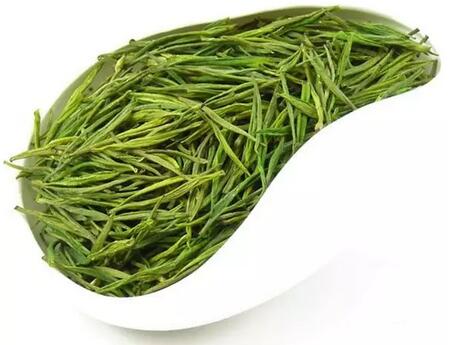
What are the differences between the two?
1. Different production processes: White tea does not require killing the green or yellowing, and its production process is simpler than that of yellow tea, retaining more of the tea's nutrients.
2. Different finished tea and tea soup: Taking Baihao Yinzhen and Junshan Silver Needle as examples, Baihao Yinzhen is white with pekoe, while Junshan Silver Needle is more yellow, and the tea soup of yellow tea is darker than that of white tea.

3. Different origins: White tea is mainly produced in Fujian, with limited production areas, while yellow tea is produced in many places.